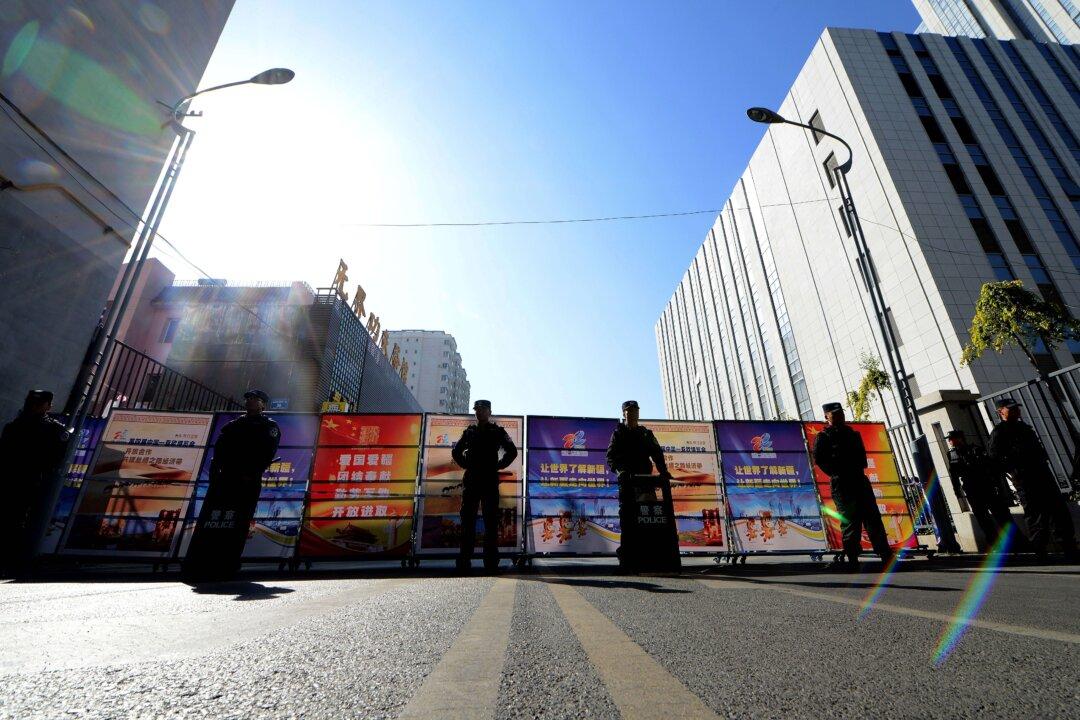As a local CCP virus outbreak in Urumqi, capital of China’s far-western region of Xinjiang, continued to spread, authorities scrambled to locate the source.
Locals started panic-buying and cleared supermarket shelves as authorities gave little information while enacting travel restrictions and lockdowns of residential areas.





